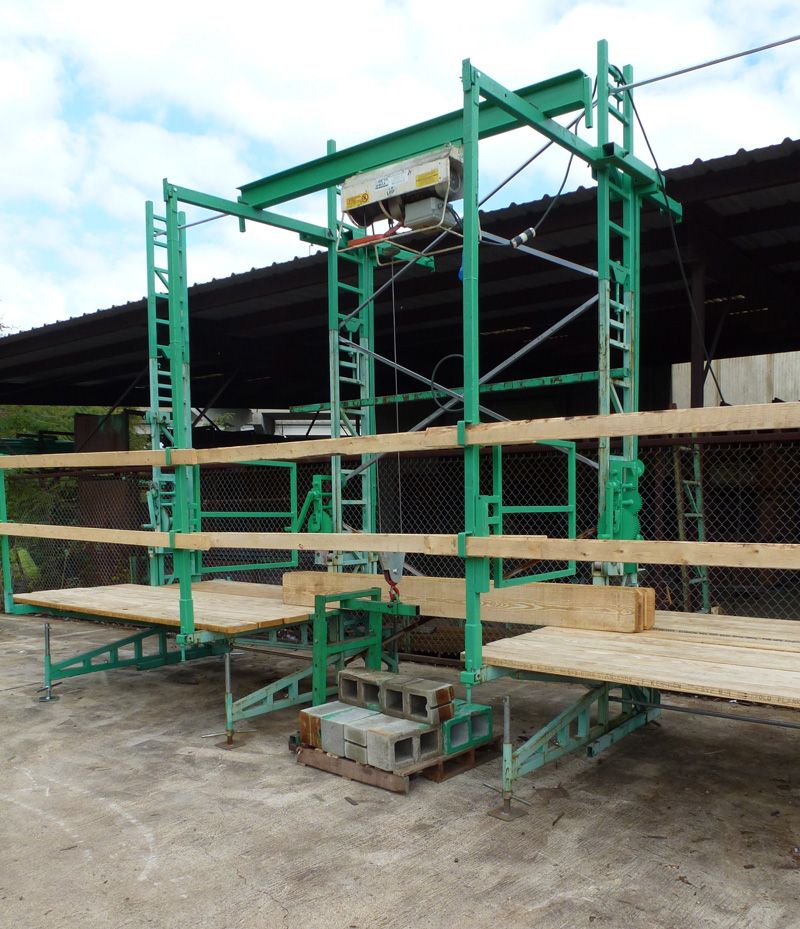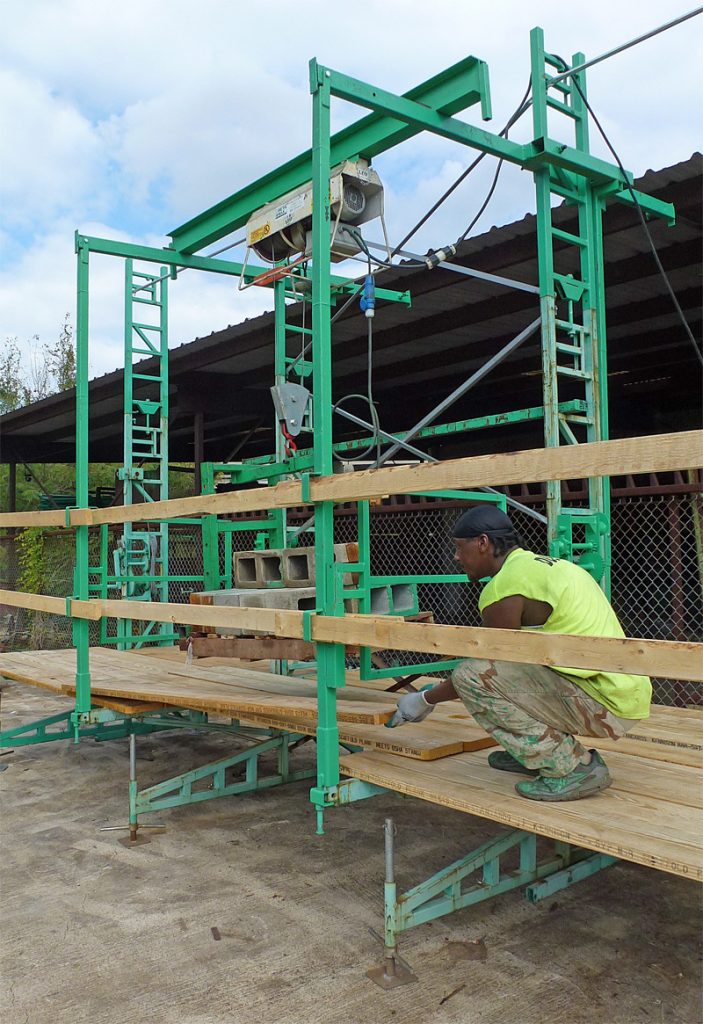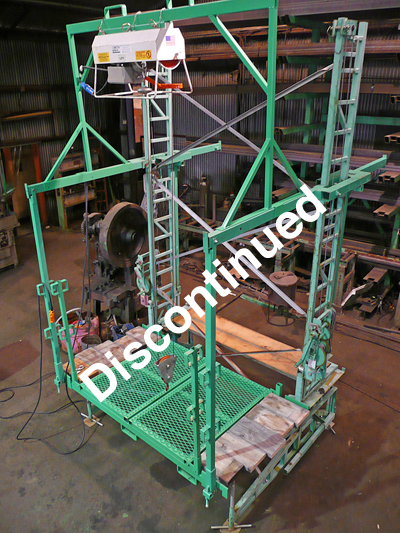
Access Landing for Heavy-Duty Scaffolding
Barricade Guardrail for Heavy-Duty & Standard-Duty
Braced-Bay Material Deck
Adjustable 21-Foot Heavy-Duty Bridge System
— Bridge System Comparison
— 21-Foot Bridge Installation Instructions
Barricade Guardrail
— Guardrail Post Socket for Pullouts
— Mason’s Guardrail Socket
Material Hoist System For Heavy-Duty
Inside Corner Brackets
Parts Basket – Man Basket
Pilaster Brackets
Rack Brackets
Rest Platform
Side-Stabbing Forklift Bar
Standard-Duty Overhead Protection – Winter Enclosure
Swivel Forklift Bar
Wall Tie-In Bracket
Heavy-Duty Winter Enclosure using Overhead Protection
Heavy-Duty Winter Enclosure – Entire Scaffold
Using Non-Stop Heavy-Duty on walls 100 feet high and higher has become fairly routine. Naturally, feeding materials to a platform that high is a challenge, and cranes are very expensive. And, sometimes you’re just in a tight spot your forklift can’t get to and a hoist would come in handy.
Betamax makes a hoist and trolley system that fastens to our standard overhead protection/winter covering, but it cantilevers the load off the end of the tower, which limits the lifting capacity.
The best and safest solution is to lift the load straight up between the legs of the tower from above the laborers platform. We used to have a trapdoor attachment for this but our customers unanimously told us it was quicker to just roll the boards out of the way for a few minutes.
OUR NEW SYSTEM
The system we’ve developed consists of a special, higher-than-normal (for head room) overhead protection bracket, an 8-foot-long I-beam with a mounting plate that attaches directly to a Betamax hoist, and guardrail panels to guard the opening when your materials are passing through the laborers’ platform.
We are showing here the Betamax Leo hoist. Its capacity is 1,000 pounds rigged single line (200-foot lift), and 2,000 pounds rigged double line (100-foot lift). It lifts 80 feet per minute single line and 40 feet per minute double line. That may sound slow, but think about how much material you can land on the scaffold if you land 300 brick, or a triple batch of mortar every five minutes.
Guardrail Panels
This view shows the guardrail panels. The closest one is in the stored position, the farthest one is in place to guard the opening created when the boards are rolled to the sides.
The panels simply sit in sockets welded to the tall guardrail posts. They can be lifted out of the socket, turned 90 degrees, and put back in the socket in about 5 seconds.
Improved Headroom
The new design gets the hoist up higher and out of the way of foot traffic on the laborers’ walk boards.
In Use
You’ll lift your materials about a foot above the laborers’ platform, roll the boards back in place, them lower the materials to the boards. The guardrail panels are put back in the stored position in about 10 seconds, and you’re back in business.
MOVE THE “HOISTING BAY” TO THE NEXT WALL INTACT
When it’s time to move your scaffold to the next wall, pick up the tower, hoist, and all in one piece and set it in place in the middle of the next run. When you put the hoist in the middle of the run, you reduce material handling time.
FAQ
Q. Didn’t you have a trapdoor of some kind?
A. Yes, we did, but nobody bought it. Here’s what we heard:
“Why would I spend $2000 on a trapdoor when I can just roll the boards out of the way?”
“Your trapdoor limits me to 7-foot bays. Sometimes I want to put a hoist where I’ve squeezed the towers together or stretched them apart.”
Q. Can I use it in bays that are longer or shorter than 7 feet?
A. Yes. The standard I-beam with mounting bracket is 8 feet long (longer ones are available). However, for scaffold moving purposes, you’ll probably keep it fixed to a single 7-foot-wide tower.
Q. Do you sell block forks?
A. No, you can get those at about any supply house, but stay tuned, we’re coming out with a new solution to material “packaging” for hoisting.
Q. How do I attach the hoist to the I-beam?
A. The I-beam comes with the Betamax mounting plate welded to it. Just attach it with the three hitch pins.
Q. What do I need to get started?
A. A Betamax hoist and our hardware. Many of you already own a Betamax hoist. If not, visit them here. We recommend the Leo hoist with the soft stop and start. Then call us at 318-222-0702 for the hoist set-up.





